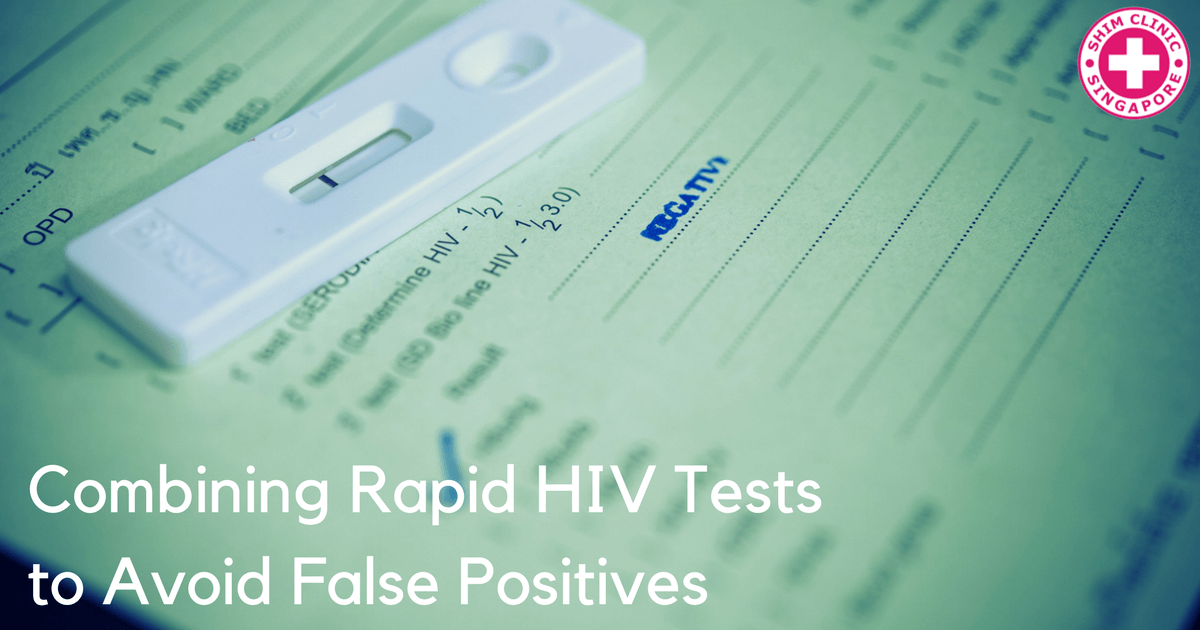Recent studies show that various tests used widely in Africa have been giving false positive results raising concern in the continent.
Eight rapid diagnostic tests (RDTs) that are commonly used by Sans Frontières (MSF) in various African countries revealed that the tests vary in their performance, with some producing false positive results.
The results if the evaluation published in the Journal of the International AIDS Society showed that some geographical locations in Africa were experiencing false positive results than others. The researchers who conducted the evaluation recommended that tests validated locally.
Combination Tests More Effective
The researchers found that combining two or three different HIV rapid tests resulted in an HIV-positive diagnosis. The World Health Organization (WHO) already has recommendations in place to use combination HIV tests.
RDTs are the main tool used to screen and diagnose HIV in low income countries such as in Africa. RDTs are simple and fast to use. They hardly require any equipment and will normally provide results usually within 20 min.
There is little manipulation required when using RDTs. results can be read visually. They are also cheaper than other test and retail at US$ 1–2 per testing making them ideal for use in countries with economic restrains.
Unfortunately the tests are yet to be fully evaluated for their accuracy using specimens from diverse settings across Africa.
The Study
The researchers collected venous blood samples from 2785 people attending six clinics across Africa from August 2011 to January 2015. One clinic was in Guinea, another in Cameroon, one in Democratic Republic of Congo, two in Uganda and one in Kenya.
The samples were then frozen and sent to a Belgian lab for testing. The samples were tested using eight different RDTs. the use of one lab eliminated differences in storage conditions, user variation, or other methodological factors.
The results revealed that 1474 samples were negative while 1306 samples were HIV positive.
From the samples, 438 specimens produced false-positive results on at least one test. These false-positive results were linked to factors such as being male, being referred for testing by a clinician and the geographical location.
The researchers found that for some tests of samples in some locations, the chances of a false positive result were ten times higher than in other locations. It’s however, still unclear what factors are causing this effect.
The researchers noted that only one test met WHO,s recommended ≥99% sensitivity and ≥98% specificity thresholds for RDTs.
The researchers called for further studies on how to improve testing as misdiagnosis of HIV cases has great effects in the prevention and treatment of the virus. A correct diagnosis is important for appropriate treatment to be effected.
The more people are misdiagnosed the higher the risk of patients missing on treatment and the higher the risk of them infecting other people.
A false-positive result also causes great psychological trauma on the individual and might affect them for life.
References:
Kosack CS et al. Towards more accurate HIV testing in sub-Saharan Africa: a multi-site evaluation of HIV RDTs and risk factors for false positives. Journal of the International AIDS Society 20:21345, 2017.

